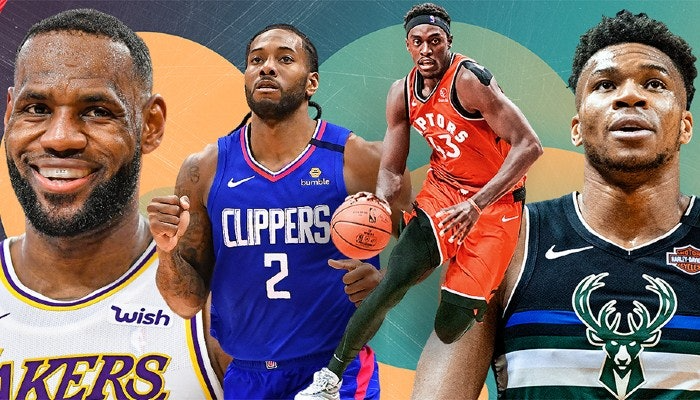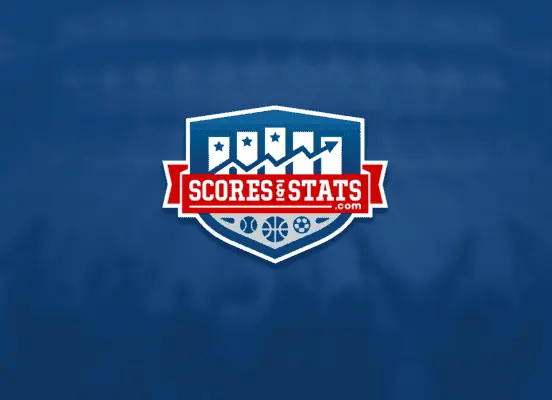Every bettor out there is looking for the Holy Grail, a strategy that will lead them to win after win. NBA bettors familiar with Dean Oliver can put his Four Factors model to use as part of their betting strategy.
In 2004, Oliver wrote a book titled Basketball on Paper where he identified four factors that lead to success in basketball. Teams that win excel in these four areas of the game. Each of the four factors is related to the termination of a possession. You can’t score without the basketball; therefore, winning teams must do each of the following well in order to win games.
What Are the Four Factors in NBA?
The Four Factors Oliver introduced, in simple terms, are to score efficiently, protect the ball on offense, get as many rebounds as possible, and go to the foul line as much as you can. In even simpler terms, it comes down to this: score, protect, crash, and attack.
If teams can score on most of their possessions, not turn the ball over, get offensive rebounds, and shoot more free throws; they typically win games. So, how do bettors put all these NBA statictics into numbers they can use?
Scoring
Ideally, a team would score every time it touches the ball. That, of course, doesn’t happen. Oliver wanted a way to best measure scoring in the NBA. He came up with Effective Field Goal Percentage (eFG%).
It’s a measure that is corrected to account for three-point fields. What we end up with is a relative measurement for points scored per field goal attempt, whether it was a two- or three-point shot. We can calculate it like this:
eFG% = FGM + 0.5(3PM) / FGA
Effective Field Goal Percentage is equal to field goals made (FGM) plus 0.5 times three-point field goals made (3PM) divided by field goals attempted.
Get Winning NBA Picks for Tonight
Rebounding
Since offenses will not make every shot they attempt, ideally the offense would secure a rebound and an attempt at a second shot. Allowing a defensive rebound ends a possession for the offense. Teams that secure more offensive rebounds tend to win more games.
To measure a team’s ability to secure offensive rebounds, we use Offensive Rebounding Percentage (OREB%). This is calculated using the number of offensive rebounds secured divided by the number of rebounds available after a missed field goal attempt.
The offensive rebounds cannot simply be divided by field goal misses. There are instances where a rebound is unavailable. For instance, at the end of a quarter time expires and no rebound would be recorded.
Free Throws
Teams that attack defenses will get to the free throw line more often. Free throw attempts are guaranteed points if they are successful.
To measure a team’s quality of getting to the line is to calculate the number of free throw attempts made per field goal attempt. This is known as Free Throw Rate (FTRate). The calculation is simply FTM / FGA where FTM is free throws made and FGA is field goal attempts.
Turnovers
The final factor is turnovers, or in this case, not turning the ball over which results in an end of possession. This is a pretty simple measurement as it is just the percentage of possessions that end in a turnover, known as Turnover Percentage (TO%).
It is calculated as the number of turnovers (TO) divided by the number of offensive possessions (POSS) or TO / POSS.
Bettors are able to come to conclusions based upon their analyses of these four factors. There is a bit more to it, but this serves as an introduction to the Four Factors Model.
 ES
ES 













